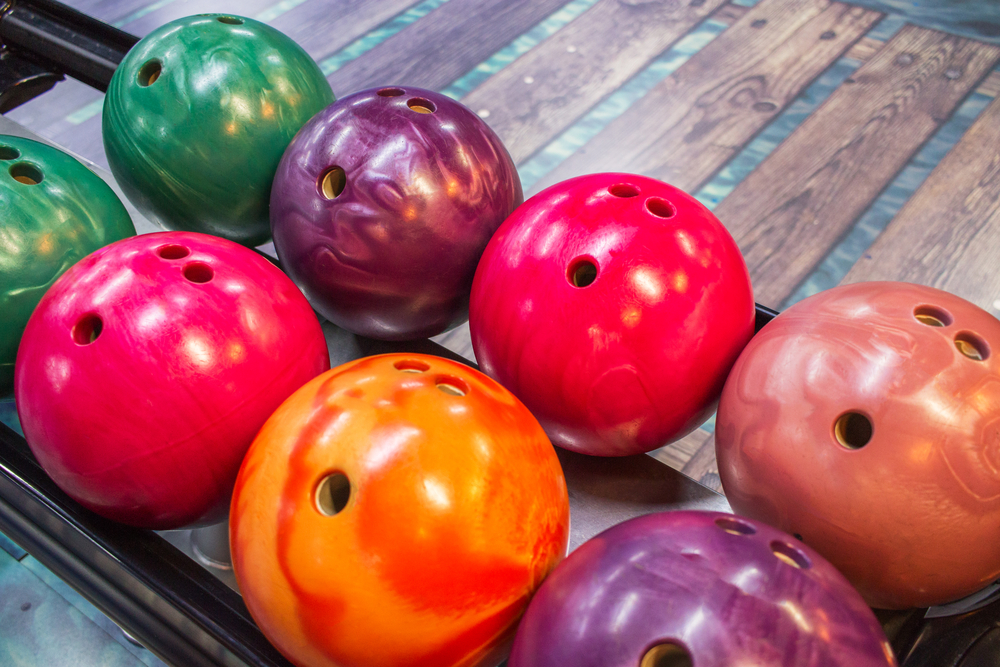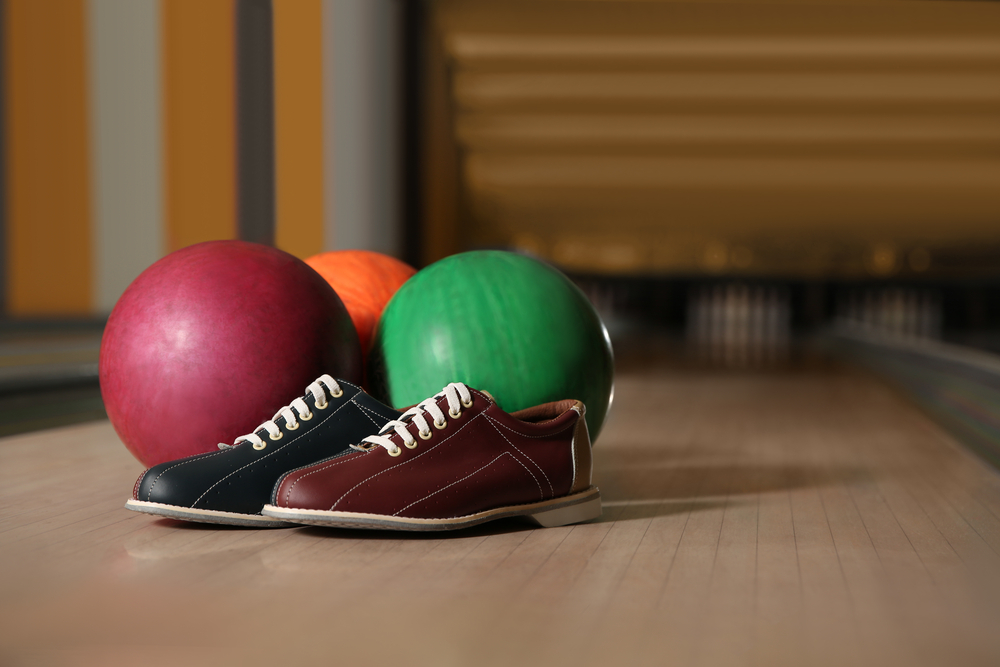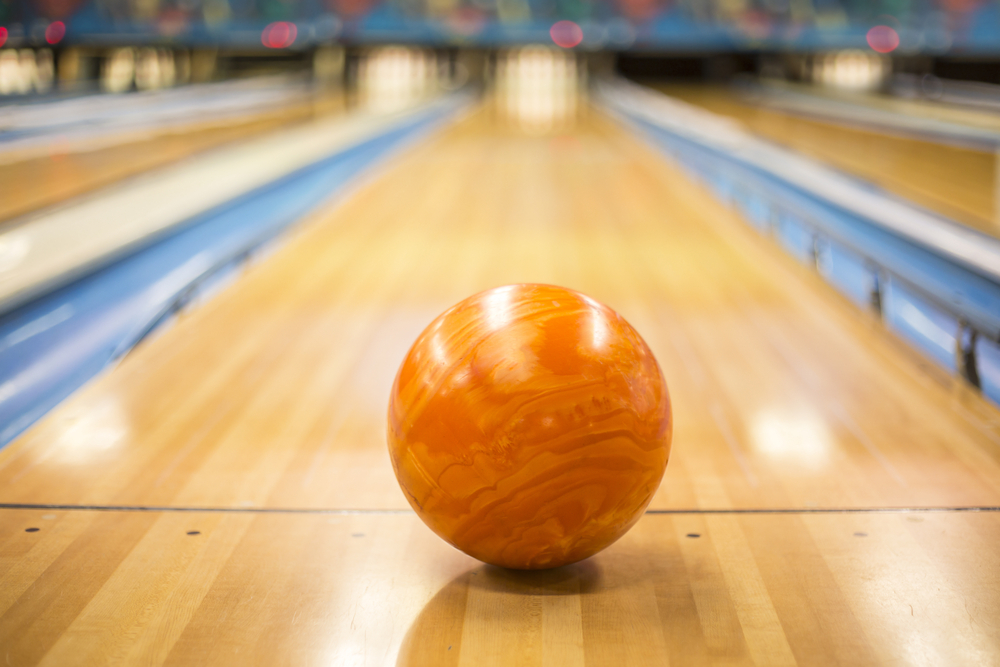
If you're a bowler, then you know that the right ball can make all the difference. There are many different types of bowling balls on the market, and today we're going to talk about one of the most popular: reactive bowling balls.
So, what is a reactive bowling ball, exactly? In this article, we'll explain everything you need to know about reactive bowling balls, from what they are to how they can help improve your game.
Contents
- 1 What Is a Reactive Bowling Ball?
- 2 How Do You Know if a Bowling Ball Is Reactive?
- 3 What Is the Difference Between Urethane and Reactive Bowling Balls?
- 4 How Do You Bowl With a Reactive Bowling Ball?
- 5 What Are the Benefits of Using a Reactive Bowling Ball?
- 6 Drawbacks of Reactive Bowling Balls
- 7 How Long Do Reactive Bowling Balls Last?
- 8 Are Reactive Balls Worth It?
What Is a Reactive Bowling Ball?
A reactive bowling ball is a type of ball with a coverstock (outside covering) composed of a chemical agent that helps it to grip the lane better. This gives the bowler more control and allows them to make fine adjustments in their game.
What Is a Reactive Bowling Ball Made Of?
Reactive bowling balls are made of a mixture of resin and urethane. The urethane provides the ball with a hard outer shell, while the resin enhances the ball's grip on the lane.
This combination of materials gives the reactive ball its unique properties and makes it one of the most popular types of balls on the market.

How Do You Know if a Bowling Ball Is Reactive?
It can be difficult to tell whether a bowling ball is reactive just by looking at it. So, you've got to judge based on how the ball behaves when thrown down the lane. If the ball hooks sharply near the end of the lane, then it's likely that the ball is reactive.
If the ball straightens out at any point, then it's probably not reactive. If you're ever shopping for a ball and want to know whether a given one is reactive, just ask a salesperson to help you test it out.
And if you're looking for reactive balls at a bowling alley, you can ask the bowling alley attendant for assistance.
What Is the Difference Between Urethane and Reactive Bowling Balls?
One of the most common questions that people have when it comes to bowling balls with hooking potential is, "what's the difference between urethane and reactive balls?"
The answer is actually quite simple: urethane bowling balls are made entirely of urethane, while reactive balls have a coverstock that is made of a combination of resin and urethane.

How Do You Bowl With a Reactive Bowling Ball?
Bowling with a reactive bowling ball can be a bit tricky, considering how much hooking potential they have. If you're new to using reactive balls, start by throwing the ball straighter down the lane than you usually would.
After doing so, you may discover that you need to throw it with more or less curve in order to get it to hook.
As you become more comfortable with using reactive balls, you'll be able to make changes to your throwing technique to get the ball to move the way you want it to.
Are Reactive Bowling Balls Good for Beginners?
Beginners who see seasoned bowlers bowling with reactive balls may wonder if they're suitable for beginners as well. The answer is yes and no.
On the one hand, reactive balls can help beginners to improve their game by giving them more control. On the other hand, beginners may find it difficult to control a reactive ball, and they may end up hooking the ball straight into the gutter repeatedly.
If you're a beginner, it's best to ask a bowling alley attendant or salesperson for help in choosing the right ball for you.

What Are the Benefits of Using a Reactive Bowling Ball?
Reactive bowling balls are a favorite among many bowlers because they offer some amazing benefits. In this section, we'll get into some of the benefits that have given reactive balls their advanced status.
Reactive Bowling Balls Offer Enhanced Control
Perhaps the most prominent benefit of reactive balls is that they provide bowlers with more control. For bowling professionals, this means being able to adjust their throw based on the lane conditions.
For example, if the lanes are dry, they can use a reactive ball to hook the ball more and pick up spares that they might otherwise miss. If the lanes are oily, they can use a reactive ball to straighten out their shot and avoid going into the gutter.
In other words, reactive balls give bowlers the ability to adapt their playing style to the conditions of a given game.
Reactive Bowling Balls Have Great Hooking Potential
In addition to providing enhanced control, reactive bowling balls also have excellent hooking potential. This is thanks to the resin in the coverstock, which gives the ball extra bite when it hits the lane.
As a result, reactive balls are ideal for picking up difficult spares or bowling consistent strikes. Bowlers find that they can get their reactive ball into the pocket relatively easily after becoming comfortable with it.
Drawbacks of Reactive Bowling Balls
While reactive bowling balls offer many benefits, there are also a few drawbacks that you should be aware of. Below, we'll touch on a few reactive ball cons you should know about.
Reactive Bowling Balls Are Not Very Durable
When it comes to bowling balls, durability is paramount. Unfortunately, reactive bowling balls are a bit lacking in that department. The reason for this is that the coverstock of reactive balls is softer than that of non-reactive balls.
As a result, reactive balls tend to show wear and tear more quickly than their non-reactive counterparts. This is something to keep in mind if you're looking to purchase a reactive ball.

Reactive Bowling Balls Are Expensive
Another drawback of reactive bowling balls is that they're more expensive than non-reactive balls. Though this may seem like a con, when you consider the ball's performance, you'll realize that the price is justified.
On average, reactive balls cost about $30 more than non-reactive balls. Note that this cost may vary depending on the brand and model of the ball you choose.
Reactive Bowling Balls Require More Maintenance
If you've ever owned a bowling ball, then you know that they require some maintenance. This is especially true for reactive balls, which tend to pick up and absorb much more oil than other ball types.
You'll need to clean your reactive ball after every five games. Different balls, like the plastic ones you'll find at a bowling alley, don't require much cleaning at all. Always use a proper bowling ball cleaner for your reactive bowling ball.
How Long Do Reactive Bowling Balls Last?
Now that you know all this great information about reactive balls, you'll need to know how long they last. On average, you can expect your ball to last between 120-300 games or longer with optimal care.
The ball's longevity depends on how often you clean and maintain your ball. In the event that you purchase a reactive ball, ask the seller how often the ball should be cleaned and otherwise maintained. That way, you can get the most use out of your purchase.
Are Reactive Balls Worth It?
The answer to this question depends on what you’re looking for. If you're looking for a ball that will provide enhanced control and hook potential, then a reactive ball is worth the investment.
Related Articles
However, if you're looking for a durable ball that won't require much maintenance, then you might want to consider a different type of bowling ball, like one made of plastic or urethane.
Whichever route you choose, be sure to do your research on that particular ball's construction and performance.
We hope this article has helped you better understand reactive bowling balls and what they can do for your game. Happy bowling!
Kira Byrd, a Certified Fraud Examiner, holds a B.S. in Accounting from the University of Alabama at Birmingham. With a passion for bowling from her childhood, Kira has poured her expertise and personal experiences into creating and nurturing Bowling For Beginners. Kira's mission is to meet new bowlers where they are and guide them toward consistently achieving higher scores. With a focus on skill development and strategic techniques, she empowers readers to take control of their game and unlock their true potential.
Bowling For Beginners embodies strict editorial integrity, ensuring reliable and unbiased information. Kira's commitment to delivering valuable insights and practical strategies is reflected in every article. Here's an explanation of our editorial policy and how we get money.





